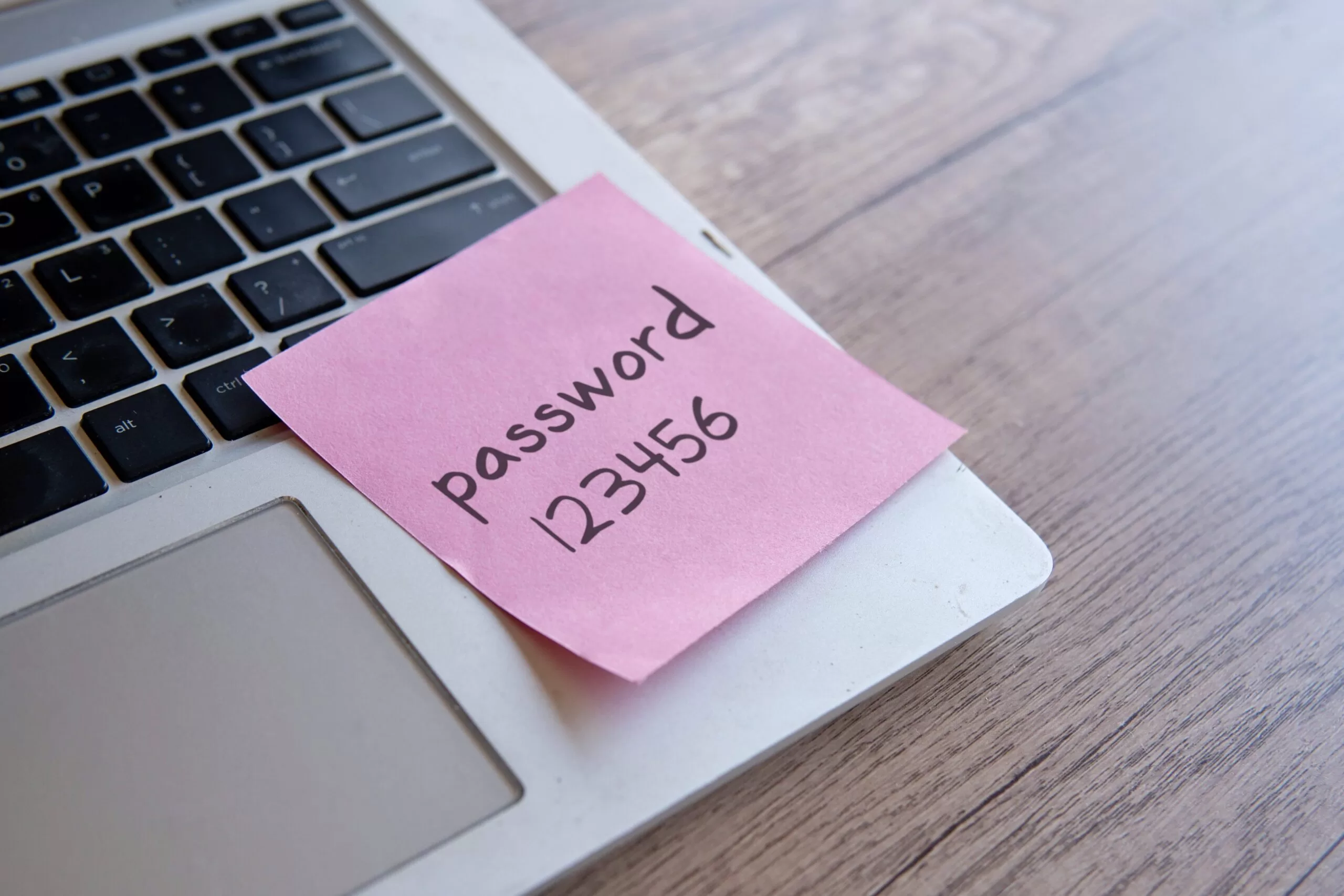If you’re like most people, you’ve got dozens of accounts spread across shopping sites, streaming platforms, social apps, and work tools. Remembering every password feels impossible, so you end up reusing a few “good ones” everywhere. The problem is, once one account is breached, hackers often test that same password on hundreds of sites within minutes.
That’s why the best password isn’t the cleverest one—it’s the one that’s unique, long, and easy for you to manage but nearly impossible for anyone else to guess.
Start with Length, Not Symbols
Forget the idea that a good password has to look like a math equation. Complexity helps, but length matters more. A 16-character passphrase is much harder to crack than an 8-character jumble.
Try building passwords out of random words that mean something only to you. Something like “CoffeeTrainSunsetBridge” is both easier to remember and tougher to hack than “B!3%zT9.” If you want to make it stronger, sprinkle in punctuation or numbers where it feels natural—“CoffeeTrainSunsetBridge2!” works perfectly fine.
Never Reuse Passwords, Ever!
One password per account. Always. It’s the most important rule and the one people ignore the most.
If your old email password gets exposed in a data breach, and that same password unlocks your bank or social media, you’ve just given hackers a free pass. Think of it this way: if one key opened your house, your car, and your office, you wouldn’t feel safe carrying that one key around. Passwords work the same way.
Use a Password Manager
Remembering 30 different long passwords is impossible. That’s where a password manager comes in.
A good one (like Bitwarden, 1Password, or Dashlane) securely stores your logins and generates strong, random passwords for each site. You only need to remember one master password—the one to unlock your manager.
If that makes you nervous, here’s the reality: password managers are encrypted locally and built to protect against the very attacks that make weak passwords dangerous. You’re far safer using one than trying to juggle everything in your head or a notebook.
Two-Factor Authentication: The Backup Plan
Even great passwords can be stolen through phishing or keyloggers. That’s why two-factor authentication (2FA) is essential.
It adds a second step to logging in—usually a code sent to your phone or generated by an app like Google Authenticator or Authy. Some accounts even support hardware keys like YubiKey for the strongest protection.
The goal is simple: even if someone learns your password, they still can’t get in without that second factor.
Skip the Personal Clues
Avoid anything someone could guess from your social media. Pet names, birthdays, favorite bands, or hometowns are all easy targets. Hackers use automated tools that test common words, patterns, and predictable substitutions. “P@ssw0rd” or “LetMeIn123” are cracked in seconds.
Your password should look random to everyone else but make sense to you. A good trick is to think of a sentence and shorten it into a passphrase:
- “My first concert was Nirvana in 1993” → “MfcwNirvana93!”
That’s the kind of password you can remember but others won’t easily guess.
Keep It Fresh, But Don’t Overdo It
Old advice said to change passwords every few months. That often led people to recycle predictable versions—“Password1,” “Password2,” and so on—which defeats the purpose.
Modern cybersecurity experts now recommend changing your password only when you have reason to believe it’s been compromised. Most breaches are publicized quickly, and services like “Have I Been Pwned” let you check if your email has shown up in leaked databases.
Passkeys Are the Future
Many tech companies are now moving toward passkeys—logins that don’t require a traditional password at all. They use cryptographic keys stored on your device, tied to your fingerprint or face ID. Passkeys are resistant to phishing and data leaks, and they’re slowly rolling out across major platforms like Google, Apple, and Microsoft.
If a site offers it, use it. Passkeys make hacking much harder because there’s no password to steal.
The Bottom Line
Creating strong passwords isn’t about being paranoid, it’s about being prepared.
Here’s what actually works:
- Use long passphrases, not short gibberish.
- Never reuse a password across accounts.
- Store them securely in a password manager.
- Turn on two-factor authentication everywhere possible.
- Keep your devices updated and your passwords private.
Cybersecurity doesn’t have to be complicated. Once you set yourself up with smart habits and good tools, you only have to think about it when something changes. The rest of the time, you can get on with life and knowing your accounts are a lot harder to crack than “P@ssword123.”





